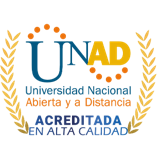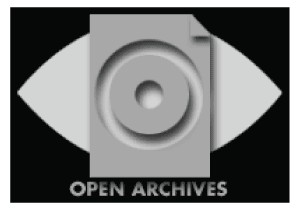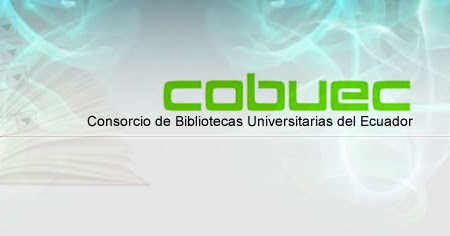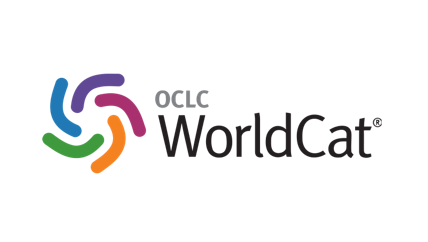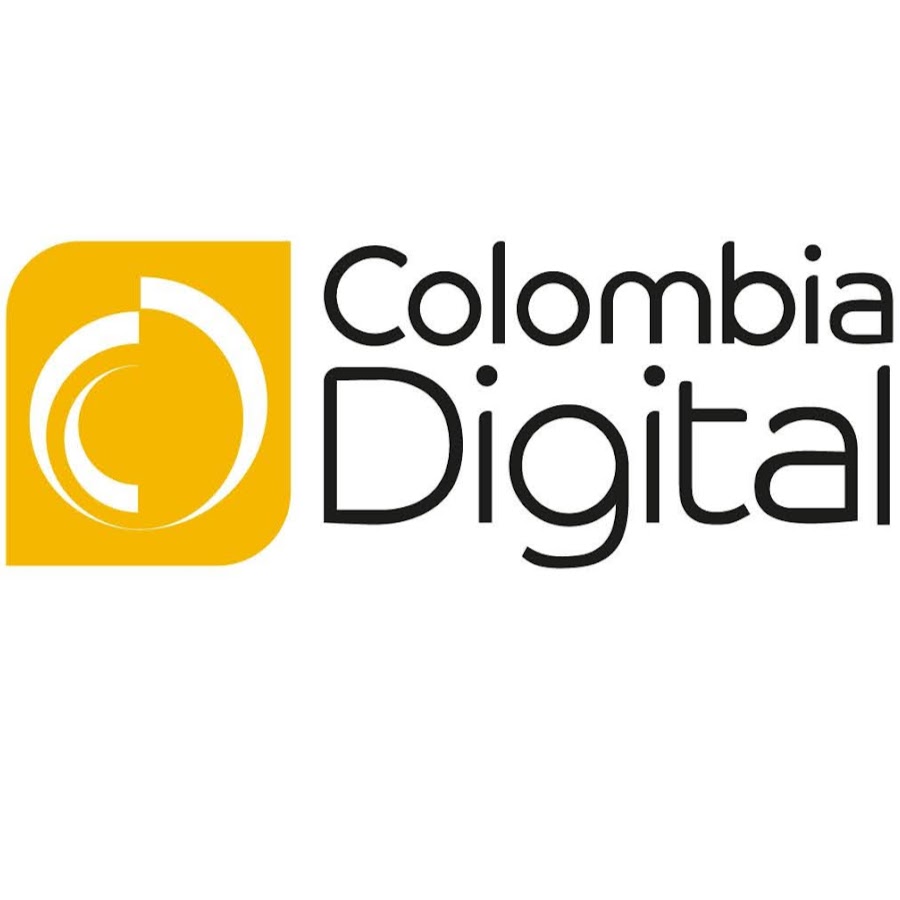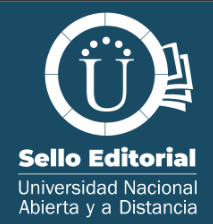Caracterización de los procesos de obtención, transporte, procesamiento y criopreservación de las muestras de sangre de cordón umbilical, obtenidas de enero de 2006 a febrero de 2008 en el banco de células Stem de Colombia
Characterization of the Processes of Obtaining, Transporting, Processing and Cryopreservation of Samples of Umbilical Cord Blood Obtained from January 2006 to February 2008 in Colombia Stem Cells Bank
Characterization of the Processes of Obtaining, Transporting, Processing and Cryopreservation of Samples of Umbilical Cord Blood Obtained from January 2006 to February 2008 in Colombia Stem Cells Bank
Compartir
Autor
Becerra Calixto, Andrea del Pilar
Gómez Alegría, Claudio
Jaimes, Jesús
Madero, José Ignacio
Martínez, Claudia
Ávila Portilla, Luz Mabel
Ávila, Jenniffer
Publicador
Universidad Colegio Mayor de CundinamarcaCitación
Gestores bibliográficos
Metadatos
Mostrar el registro completo del ítemResumen
La sangre de cordón umbilical ha pasado de ser un desecho biológico a ser una fuente potencial de células madre hematopoyéticas con capacidad regenerativa, por lo cual, el procesamiento y criopreservación después de su obtención en condiciones que garanticen su utilización es clave en un transplante exitoso. El almacenamiento de células madre hematopoyéticas de sangre de cordón umbilical es realizado tanto en bancos de carácter público como privado. Nuestro objetivo fue realizar un análisis de la experiencia de un banco de sangre de cordón umbilical en Colombia, en el cual se caracterizaron los procesos de obtención, transporte, procesamiento y criopreservación. Para ello se diseñó un estudio de serie de casos, en el que se analizaron 1080 registros de la base de datos del Banco de Células Stem de Colombia S.A.Este análisis evidenció que el tiempo transcurrido antes del procesamiento de las muestras fue menor de 12.7±10.3 horas y el volumen promedio de 68,2±27,6 mL; el recuento inicial de células nucleadas tuvo un promedio de 1,03 x 109 cm/ mm3, con un valor absoluto de CD34+ criopreservadas de 161,7±199,7cel/μL, el porcentaje de células CD34+ de las muestras fue de 0,228%, el 88,6% de las muestras estudiadas tenían un porcentaje de viabilidad superior al 95%, 21 muestras que corresponden al 1,9% presentaron hemocultivo positivo y el 100% de las pruebas serológicas para enfermedades infectocontagiosas fueron negativas. Umbilical cord blood has gone from being a biological waste to being a potential source of hematopoietic stem cells with regenerative capacity, making, processing and cryopreservation after collection under conditions that ensure their use is key to a successful transplant. The storage of hematopoietic stem cells from umbilical cord blood banks is conducted in both public and private character. Our objective was to analyze the experience of a bank of umbilical cord blood in Colombia, which characterizes the processes of production, transportation, processing and cryopreservation. To do this, we designed a case-series study, which analyzed 1080 records from the database of Stem Cell Bank of Colombia SA.This analysis showed that the time elapsed before the processing of the samples was less than 12.7 ± 10.3 hours and the average volume from 68.2 ± 27.6 mL, the initial count of nucleated cells averaged 1.03 x 109 cm / mm3, with an absolute value of cryopreserved CD34 + of 161.7 ± 199.7 cell / uL, the percentage of CD34 + cells from the samples was 0.228%, 88.6% of the studied samples had a viability rate higher than 95%, 21 samples corresponding to 1.9% had positive blood cultures and 100% of serological tests for infectious diseases were negative.
Escuela
http://hemeroteca.unad.edu.co/index.php/nova/article/view/418/1132/*ref*/Takahashi S, Unrelated Cord Blood transplantation for adult patients with de novo acute myeloid leukemia. Blood 2004;103:489-91.
/*ref*/Escolar ML, Poe MD, Provenzale JM, Richards KC, Allison J, Wood S, et al. Transplantation of umbilical-cord blood in babies with infantile Krabbe’s disease. N Engl J Med; 2005 352:2069-2081.
/*ref*/Slatter MA, Gennery AR. Umbilical cord Stem cell transplantation for primary immunodeficiencies. Expert Opin Biol Ther 2006;6:555-565.
/*ref*/Rubinstein P. Adamson JW, Stevens C. The Placental/Umbilical Cord Blood Program of the New York Blood Center A Progress Report. Ann N Y Acad Sci. 1999;872:328-335.
/*ref*/García J, Amat LI, Querol S. Los Bancos de Sangre de Cordón Umbilical: una nueva contribución al tratamiento de las enfermedades hematológicas. Asociación Española de Científicos. [serial online] [6 pantallas] https://www.serina.es/escaparate/verpagina.cgi?idpagina=1499&refcompra=
/*ref*/Net Cord Virtual Oficce. Home page. https://www.netcord.org/index. html. [On line]. [14.08. 08].
/*ref*/Rubinstein P, Dobrila L, Rosenfield RE. Processing and cryopreservation of placental/umbilical cord blood for unrelated bone marrow reconstitution. Proc Natl Acad Sci USA. 1995;92:10119-10122.
/*ref*/ávila LM, Madero JI, López C, León MF, Acosta L, Gómez C, et al. Fundamentos de criopreservación. Rev Colomb Obstet Ginecol. 2006; 57:291-300.
/*ref*/Avila LM, Becerra A, Jaimes D, Guzmán J, ávila JP, Madero-Cervera J. Evaluation of the viability and functionality of the progenitor blood cells from the umbilical cord thawed in a Stem cell Bank in Colombia. 2009. Art in press.
/*ref*/NetCord-FACT. International Standards for Cord Blood Collection, Processing, Testing, Banking, Selection, and Release. [serial online] December 2006. [citado el 10 feb 2008]; Third Edition [85 pantallas] http://www.ims.u-tokyo.ac.jp/Cell_Processing_and_Transfusion/Netcord-FACT%20standard3rd.pdf .
/*ref*/Calderón-Garcidueñas ED. Evaluación del programa nacional de sangre placentaria CordMX. Logros y expectativas. Rev Med Inst Mex Seguro Soc 2005;43:127-129 Supl 1.
/*ref*/Sutherland DR, Anderson L, Keeney M, Nayar R, Chin-Yee I. The ISHAGE guidelines for CD34+ cell determination by flow cytometry. International Society of Hematotherapy and Graft Engineering. J. Hematother. 1996; 5:213-226.
Formato
application/pdfTipo de Recurso Digital
info:eu-repo/semantics/articleinfo:eu-repo/semantics/publishedVersion
info:eu-repo/article/published
info:eu-repo/article/published
info:eu-repo/article/published
Colecciones
- Revista Nova [1114]

